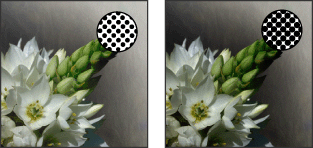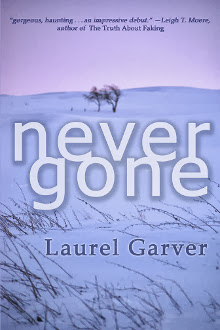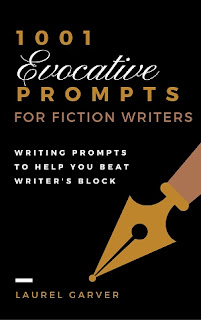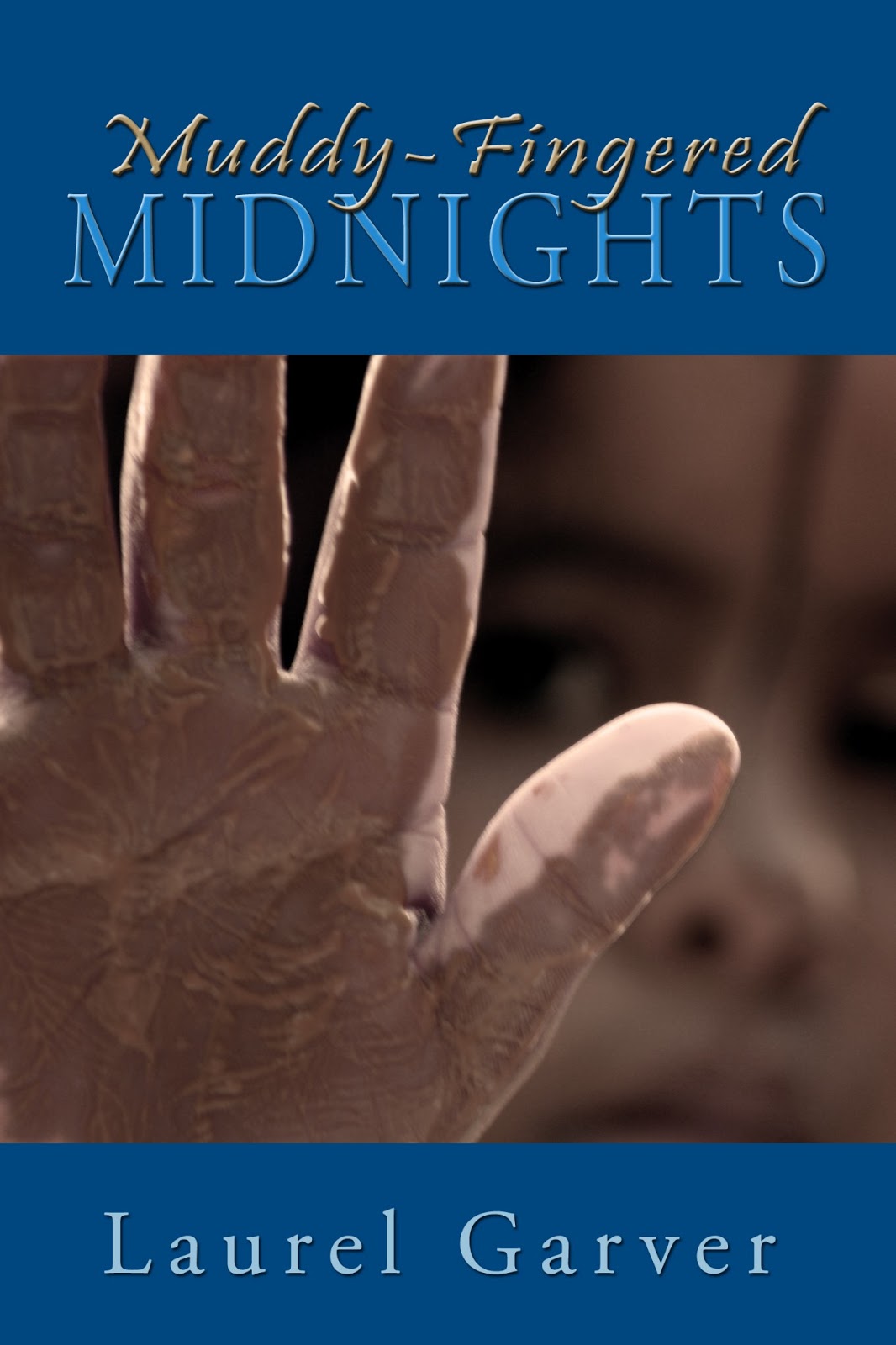By
Tyrean Martinson
We all find ourselves believing in the myth of “enough” time. With busy schedules, work, family activities, and much-needed relaxation time all competing for time in our lives, we often find ourselves wishing for a few more hours in a day or a week so that we could have “enough” time to pursue our writing or other creative pursuits. We chase the myth of “enough” time.
I homeschool my kids. I volunteer at my church. I teach classes at a homeschool co-operative and for that I must prep classroom exercises and homework for my students, and grade all their homework. I write stories, poetry, and novels. I like to ski, bike, read, and do fun activities with my family and friends. And, I never have “enough” time.
I have to make time.
When my kids were tiny, the time I could find for my writing came in the midst of their activities, or when they were sleeping. Most of the time, I wrote poems and snatches of stories when they were busy at play between lessons in early elementary school. I had to keep ideas written down in lists so that way when I had the chance for fifteen minutes of writing, that writing time was all writing time. No daydream or planning time could take place when I had the chance to sit down. I planned my ideas while folding laundry, doing dishes, or on my daily exercise walk. When I sat down to write, the pen hit the paper or my fingers hit the keyboard and went flying with no time for thought or worry over word choice in a rough draft, no time for planning a character’s emotional development or choosing actions to show the character’s emotional state. That had to happen outside of my writing moments. Then, three or four days a week, my husband would give me “alone” time with my writing for an hour or two. Again, I tried to focus that time on writing only. No e-mails, game playing, or daydream allowed – even about the story. Sometimes, during the long sessions, I actually had time for revision.
When my kids hit the older elementary years, they needed less of my “teaching” and more time of learning on their own – reading, doing math problems, writing, and doing science experiments without me hovering at their elbows. The reality is that although some learning is done during a lecture or discussion (or on the lap while reading when they were little), a lot of the connections and work take place when we are on our own and engaged with the material. My kids no longer needed me to read them all their lessons out loud, and they didn’t want me to. They needed me to plan, present, grade, and discuss, but for shorter bursts throughout the day. Other than that, they were happy to have me “out of the way” but engaged at a separate task near at hand for help.
Now, with a fiercely independent middle school kid and a high school kid with a lot of ideas and need to spend time with her friends, we’ve gone through more changes. My writing time and teacher preparation time has expanded, but I need to be ready to drop it at any moment throughout the day to present material/drive places/help with math conundrums/discuss serious matters of history, literature, and politics that arise from the curriculum we’ve chosen. It’s hard to write and then stop, and then write, and then stop, but I’ve found that it works for me most of the time. When I need a long, “solitary” session for writing or revising, I do that during my daughters’ activities: at the dance studio, in coffee shops, and even on the docks during kayaking. Overall, I usually feel that their learning and activity helps give me perspective in my writing and increases my creativity. (And I haven’t even mentioned how busy my talented husband gets – whew. The family calendar is full six days a week.)
The routines of writing have fallen into and around the routines of life. There is never a day when I feel I have “enough” time, but I find a way to make some for each activity, including writing. Some days I only get in a paragraph in my journal. Some days I type five pages. It all depends on the day. Goals are good, but I have long since left the “perfectionist” 1,000 words a day word count behind and tried for getting words on the paper each day and overall “realistic” monthly goals. Sometimes, I get up before everyone in my house does when I have an idea burning bright in my head at 4a.m. and sometimes I barely get any writing done while sitting in a car with rain pouring down while my youngest is kayaking in freezing water.
My tips to any and all busy writing parents are:
1. Take the writing time you have and use it to the fullest extent.
2. Set realistic monthly goals for whatever time of life you are in. I couldn’t write novels when my kids were in early elementary school and needed near constant attention and lap-time.
3. Use the time in which your kids are engaged in activities that they love – sports, dance, with friends – to benefit your writing.
How do you find time to write?
You can find Tyrean Martinson at
Tyrean's Writing Spot and
Twitter.
Her latest novel is
Champion in Flight, book two in the Champion Trilogy

A year after she won the battle for Septily, Clara feels trapped in Skycliff by the Allied Council. As the last pieces of information about the Healing Caves fall into place, Clara is attacked by an assassin. Covert Drinaii mercenaries and the Council aren’t going to stop Clara from her quest to heal her broken blade. As Champion of Aramatir, she must act. Meanwhile, in the joint kingdoms of Rrysorria and Wylandria, the youngest and still cursed swan prince despairs of ever being whole again. In a moment of anger and desperation, Liam discovers a blood link between him and a dark sorceress.
Clara won the battle for Septily, but her battle isn’t over.
Champion in Flight is available at
Smashwords and
Amazon.






 The Firefly panel was by far the most crowded--standing room only. For a show that ran only one season, over ten years ago, it was pretty surprising it has such an enormous cult following. I think part of what keeps the show alive is these two guys. They continue to do lots of convention appearances and are completely hilarious together. Tudyk does lots of voice work for animated films, so at times he answered questions as King Candy from Wreck It Ralph or as the Duke of Weseleton from Frozen.
The Firefly panel was by far the most crowded--standing room only. For a show that ran only one season, over ten years ago, it was pretty surprising it has such an enormous cult following. I think part of what keeps the show alive is these two guys. They continue to do lots of convention appearances and are completely hilarious together. Tudyk does lots of voice work for animated films, so at times he answered questions as King Candy from Wreck It Ralph or as the Duke of Weseleton from Frozen.



.JPG)











